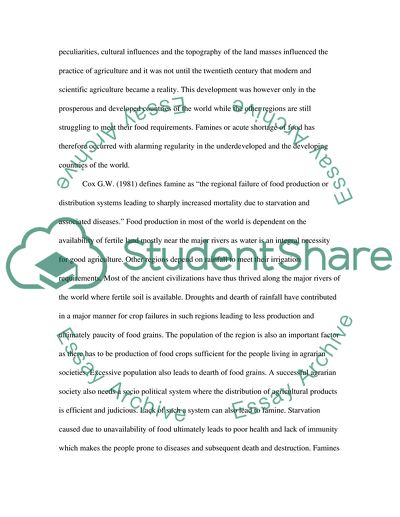Cite this document
(The Causes and Effects of Famine in Developing Countries Coursework - 1, n.d.)
The Causes and Effects of Famine in Developing Countries Coursework - 1. Retrieved from https://studentshare.org/social-science/1547431-briefly-outline-the-causes-and-effects-of-famine-in-developing-countries
The Causes and Effects of Famine in Developing Countries Coursework - 1. Retrieved from https://studentshare.org/social-science/1547431-briefly-outline-the-causes-and-effects-of-famine-in-developing-countries
(The Causes and Effects of Famine in Developing Countries Coursework - 1)
The Causes and Effects of Famine in Developing Countries Coursework - 1. https://studentshare.org/social-science/1547431-briefly-outline-the-causes-and-effects-of-famine-in-developing-countries.
The Causes and Effects of Famine in Developing Countries Coursework - 1. https://studentshare.org/social-science/1547431-briefly-outline-the-causes-and-effects-of-famine-in-developing-countries.
“The Causes and Effects of Famine in Developing Countries Coursework - 1”. https://studentshare.org/social-science/1547431-briefly-outline-the-causes-and-effects-of-famine-in-developing-countries.


